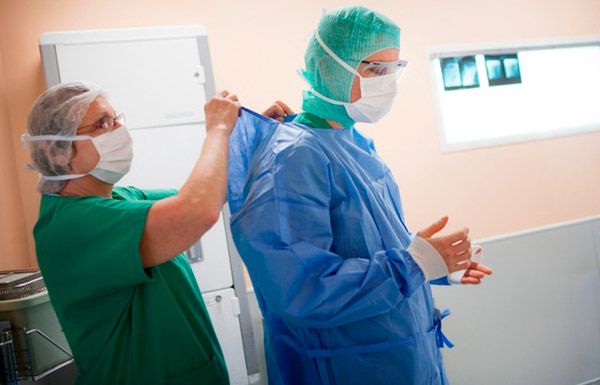Medical expert of the article
New publications
Megoureter - Information Overview
Last reviewed: 04.07.2025

All iLive content is medically reviewed or fact checked to ensure as much factual accuracy as possible.
We have strict sourcing guidelines and only link to reputable media sites, academic research institutions and, whenever possible, medically peer reviewed studies. Note that the numbers in parentheses ([1], [2], etc.) are clickable links to these studies.
If you feel that any of our content is inaccurate, out-of-date, or otherwise questionable, please select it and press Ctrl + Enter.
Megaureter is a collective term that reflects the state of pronounced expansion of the ureter and renal pelvis.
The term "megaureter" was first proposed by Caulk in 1923. Subsequently, various authors, introducing and emphasizing their understanding of individual causes and types of megaureter, proposed many other names: atonic, dilated, giant, cystic, idiopathic ureter, urological Hirschsprung, achalasia of the ureter, obstruction of the ureter, hydroureter, hydroureteronephrosis, megaloureter, megadolichoureter, segmental dysplasia of the paravesical ureter, neuromuscular dysplasia of the ureter, etc.
Whatever the name of the ureteral developmental anomaly, there are definitely only two types of consequences of neuromuscular dysplasia (obstructive megaureter, as a result of congenital stenosis of the ureteral orifice, and refluxing megaureter, as a result of underdevelopment of the closure apparatus in the ureteral anastomosis).
Epidemiology
According to N.A. Lopatkin (1971), the prevalence of megaureter as a developmental anomaly is 7:1000 patients with diseases of the urinary system. The prevalence of the disease is approximately the same among boys and girls, but the obstructive form of megaureter is more often detected in boys. In 10-20% of cases, megaureter is bilateral. With unilateral megaureter, it is difficult to identify the most frequently affected side. Literary data on this issue are extremely contradictory. According to N.A. Lopatkin, the right ureter is most often affected.
 [ 8 ]
[ 8 ]
Causes megouretera
Megaureter is always a consequence of an anomaly in the development of the urinary tract.
Megaureter is often combined with other anomalies of the urinary system: agenesis of the contralateral kidney, polycystic dysplasia of the kidney, simple renal cysts, kidney duplication, ureterocele. In case of duplication of the UUT, the most typical changes are detected on the part of the urinary tract of the upper hypoplastic half of the duplicated kidney, which is associated with ectopia and stenosis of the ureteral orifice.
Symptoms megouretera
The symptoms of megaureter are varied. The most typical symptom of megaureter is two-phase urination (shortly after urination, the bladder quickly fills with urine from the dilated upper urinary tract, which in turn leads to the need to empty the bladder again). Often, the second portion of urine exceeds the first in volume due to the large amount of urine that accumulates in the pathologically altered upper urinary tract. The second portion of urine also typically has a cloudy sediment and a foul odor.
Non-specific symptoms of megaureter include delayed physical development, asthenic syndrome, sometimes subfebrile fever, nausea, dysuria, pain in the abdomen or lower back.
Diagnostics megouretera
Modern diagnostic capabilities for this anomaly are extensive. The first diagnostic signs of the disease can be detected even before the child is born.
A non-specific manifestation of the disease is a volumetric formation palpated through the anterior abdominal wall.
A general urine analysis reveals leukocyturia and bacteriuria, which can sometimes be the only manifestations of the disease. A general blood analysis reveals signs of an inflammatory process (leukocytosis, anemia, increased ESR). In a biochemical blood analysis, special attention should be paid to the level of urea, creatinine and total serum protein, which is especially important in a bilateral process, since for such patients, manifestations of chronic renal failure come to the fore.
What do need to examine?
How to examine?
What tests are needed?
Who to contact?
Treatment megouretera
Treatment of megaureter is always surgical (except for bladder-dependent forms of the disease). In cases where the cause of the disease is a ureterocele, an occlusive stone of the distal ureter or some other obstruction to the outflow of urine, surgical treatment should be aimed at its elimination, and, if necessary, combined with correction of the ureter and antireflux plastic surgery of the orifice.

The principles of surgical treatment of neuromuscular dysplasia are based on the idea of restoring normal passage of urine through the ureter in combination with the prevention of vesicoureteral reflux. For this purpose, various options for ureter reimplantation (ureterocystoanastomosis) and ureter reconstruction along its expanded part are used.

